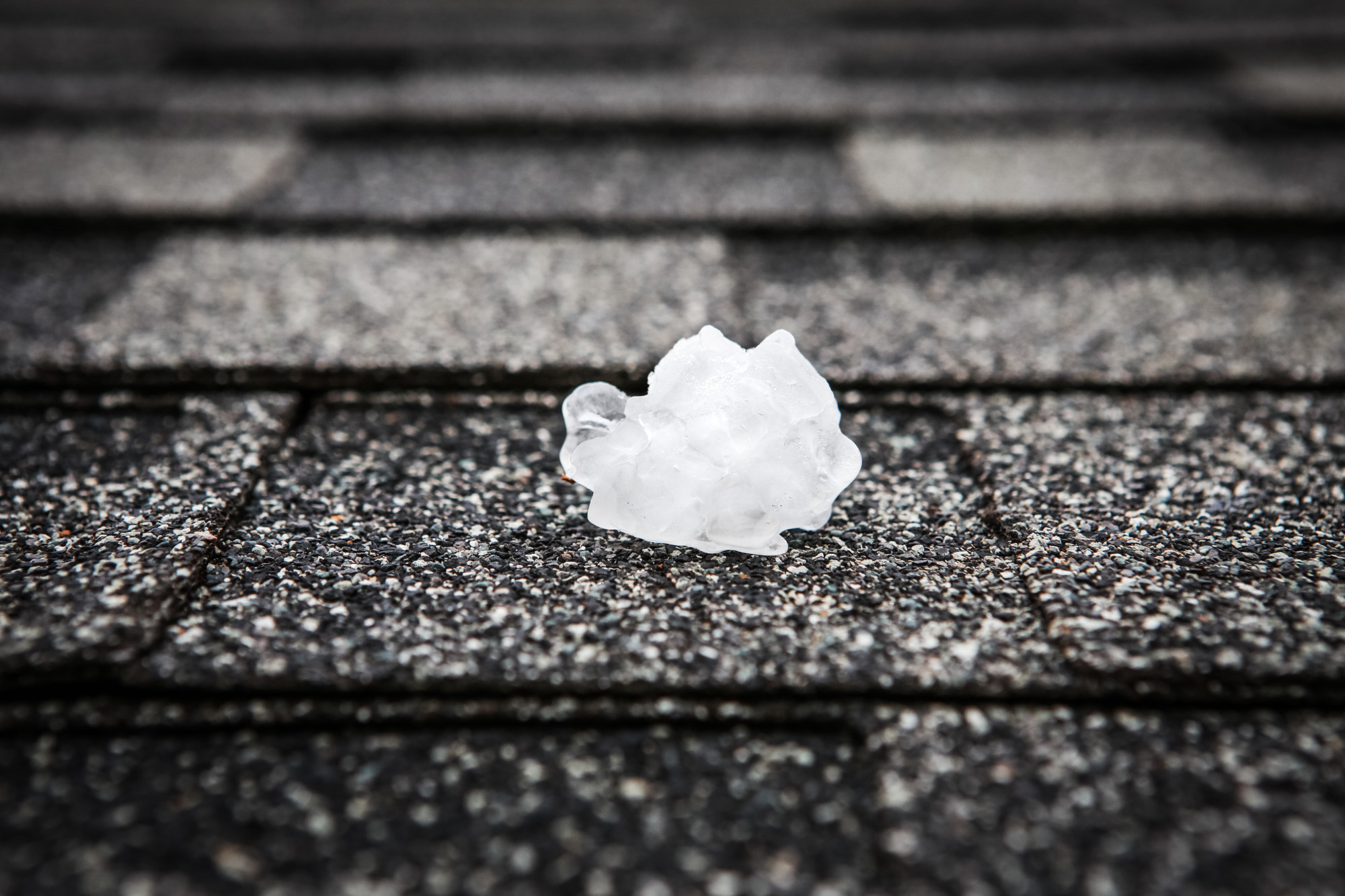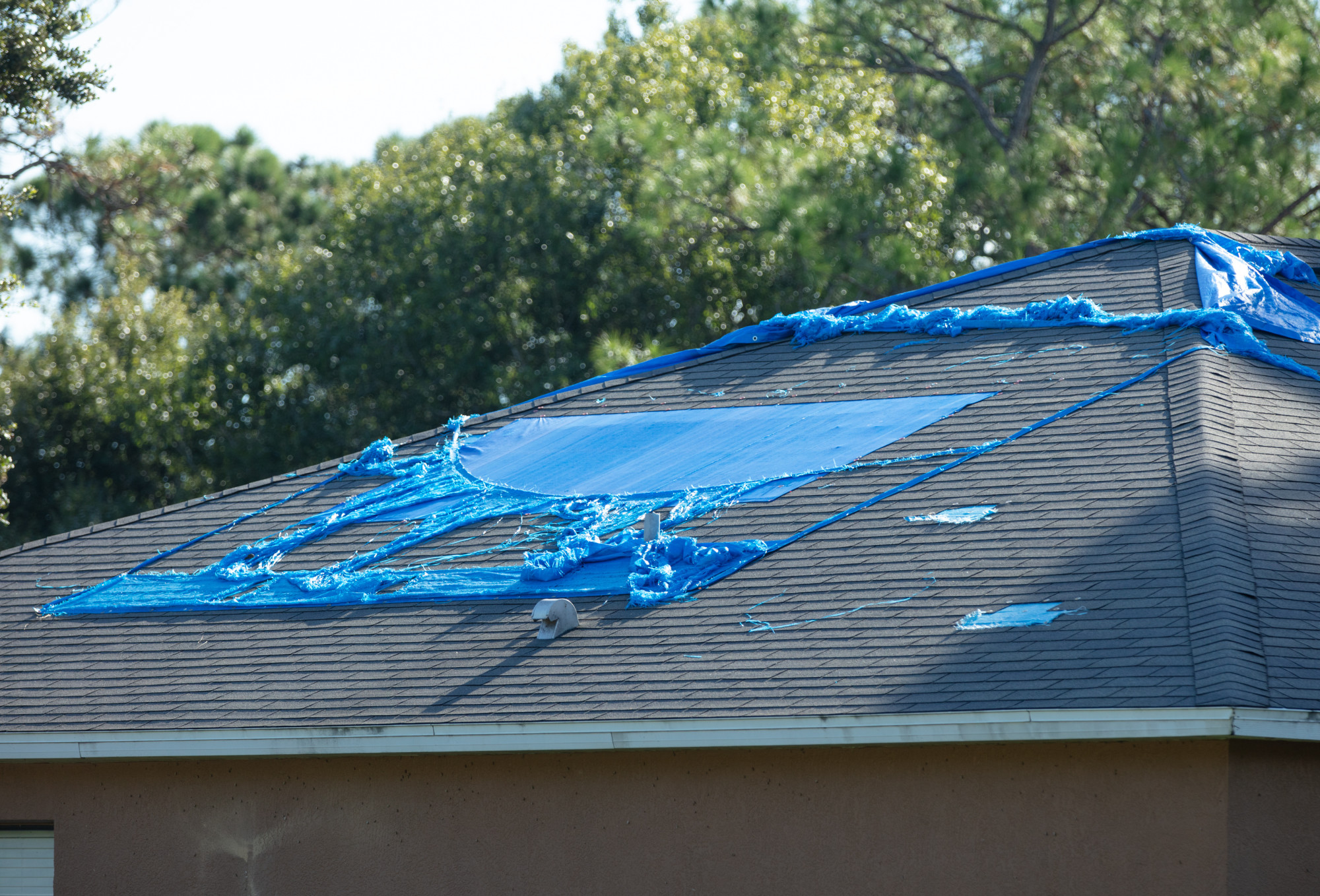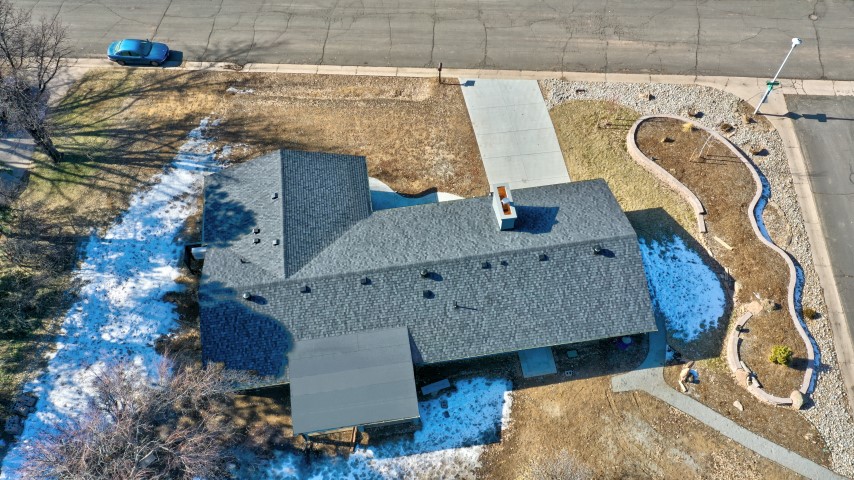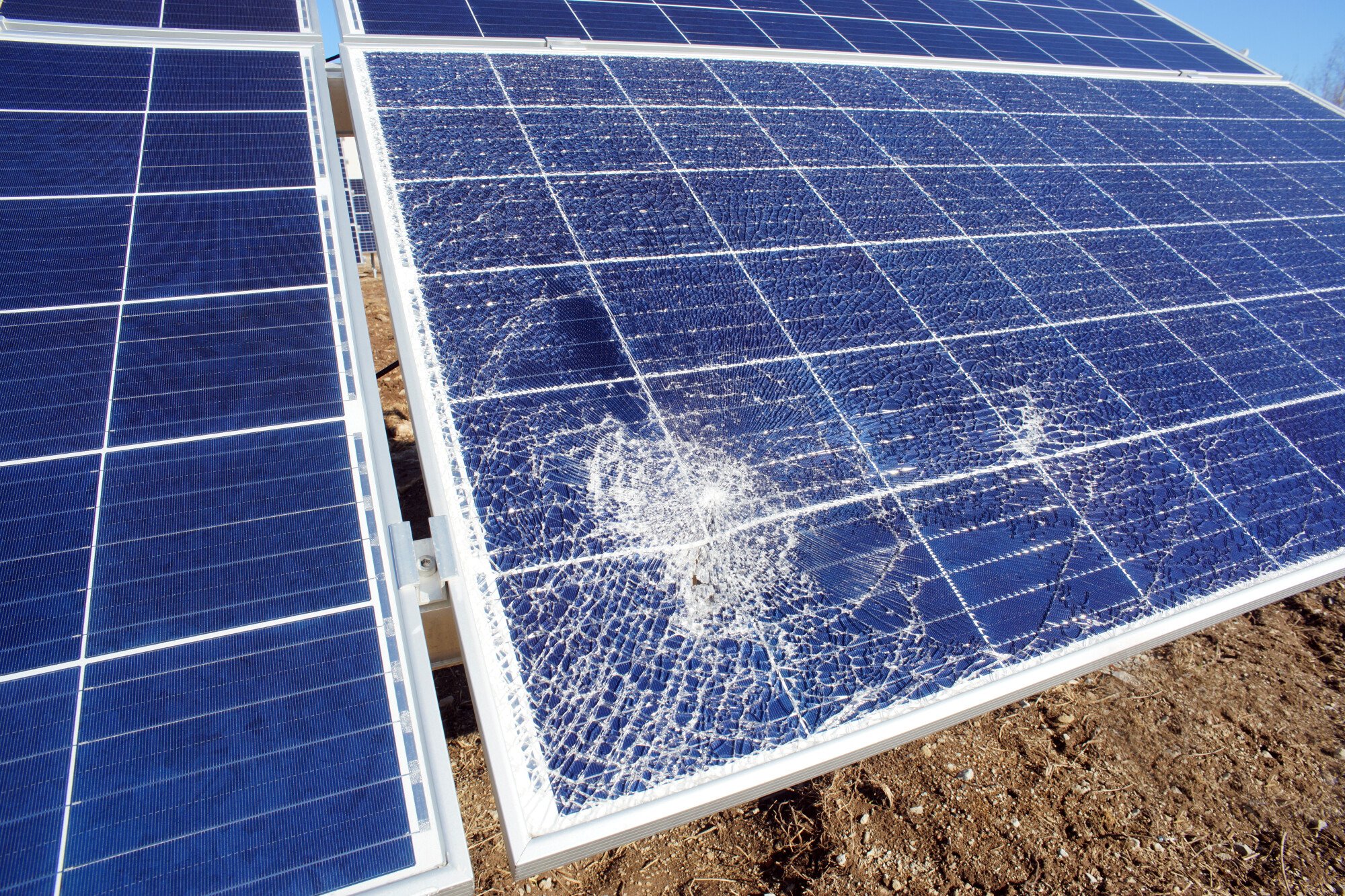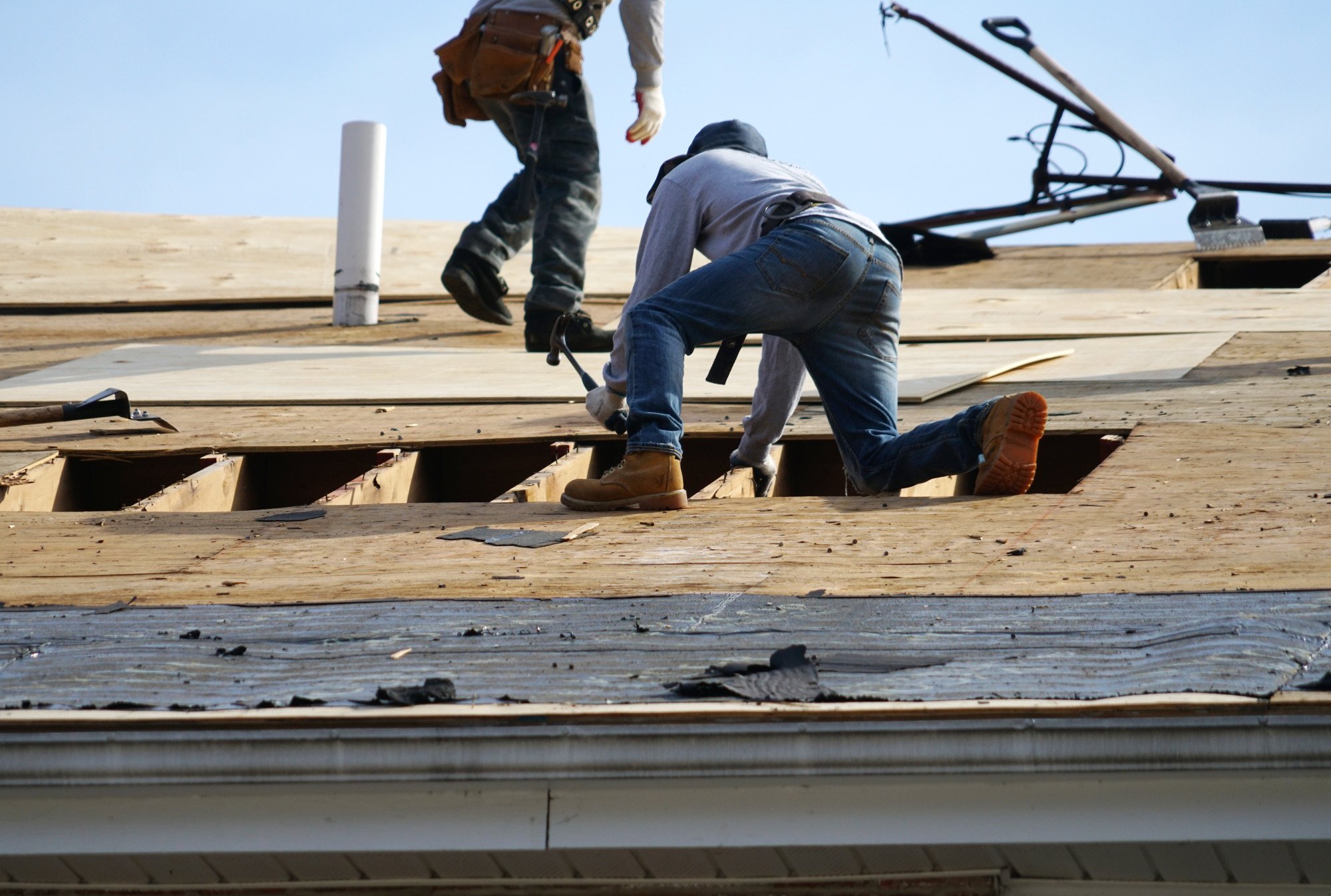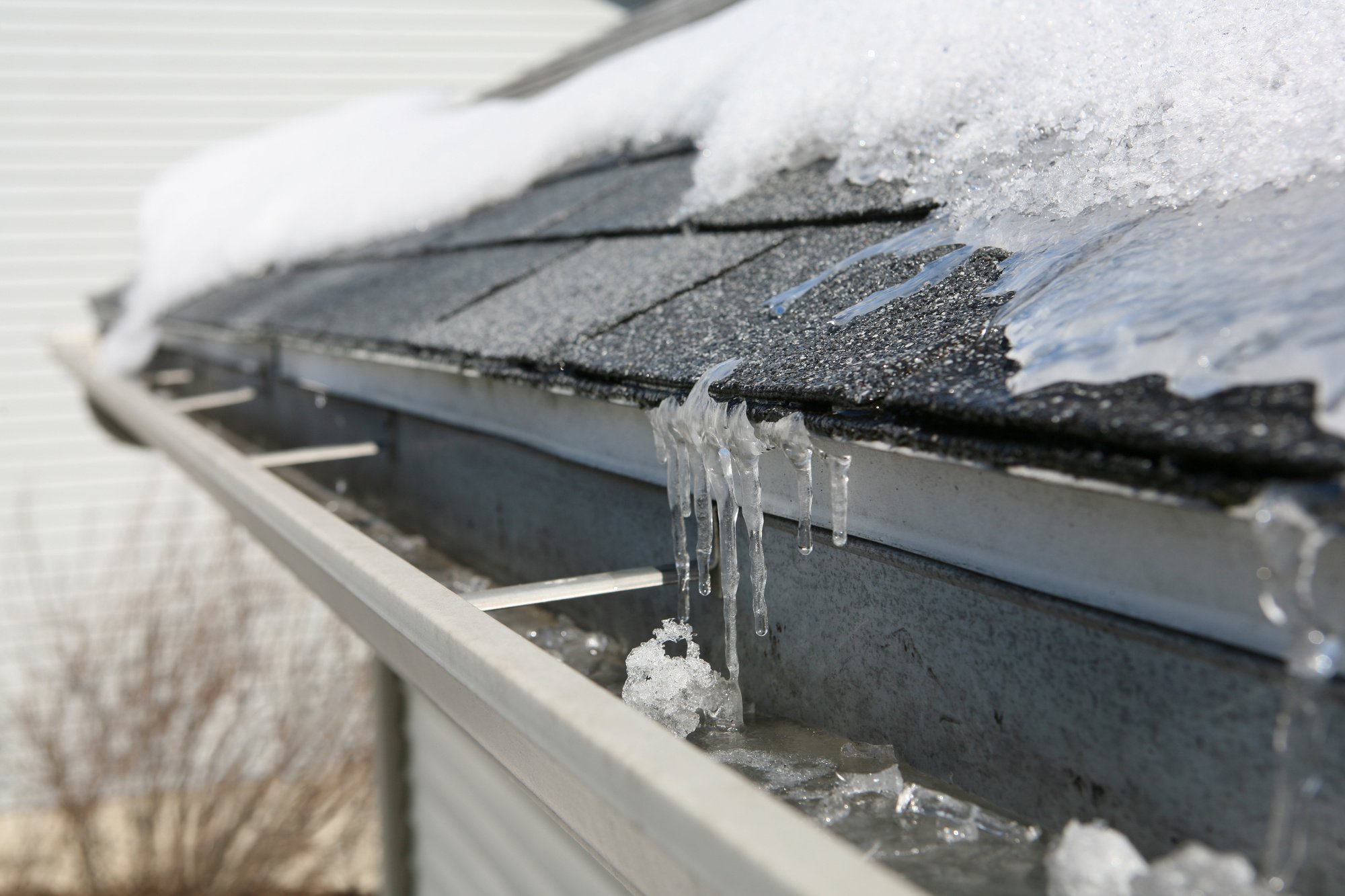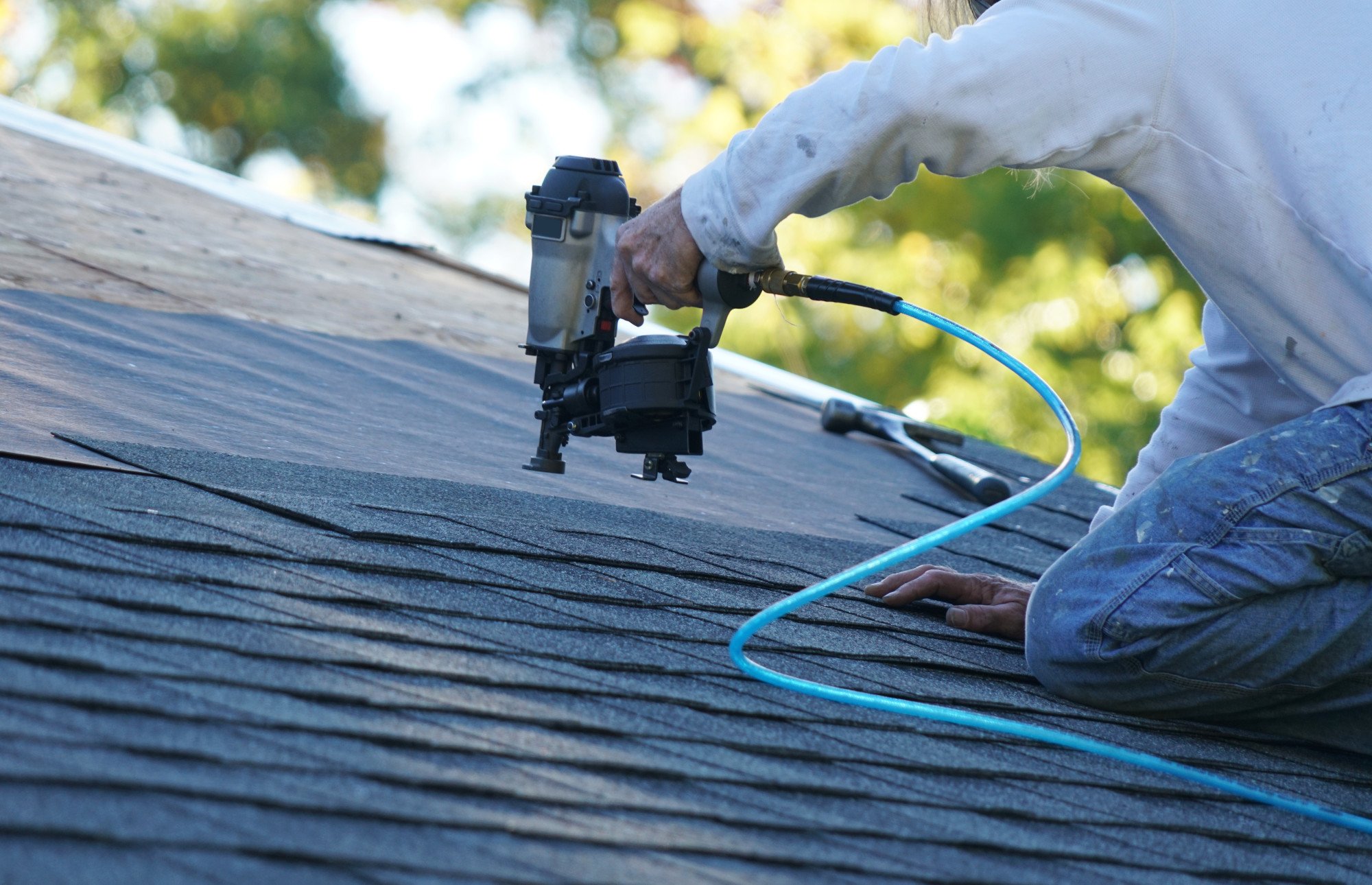Your annual insurance premium may seem like a discount compared to the total cost of repairing damage on your own.
But how much is that discount really worth when you have to file a claim to get the repairs done?
After all, filing and getting your claim approved can be a long, drawn-out process that’s a hassle. And, then, there’s the added stress if you should get denied for whatever reason.
Instead of going through the hassle of filing insurance claims, why not seek out hail damage repair services and storm restoration for a roof directly?
Sound good? Then, read on for several reasons why hiring expert hail damage repair services is right for you, your home, and your wallet.
Identifying Hail Damage on Your Home
Detecting hail damage on your home can feel overwhelming, but addressing the harm adequately is crucial. Begin by conducting a roof inspection and surveying the outside of your home, paying special attention to areas exposed to precipitation.
Look for any visible damage, such as:
- Cracked or missing shingles
- Torn metal flashing
- Dented siding
- Missing or damaged shutters
If you cannot spot any of these signs externally, check the attic space for water stains or other indications of damage.
Estimating the Cost of Hail Damage Repair
If you find hail damage on your property, it’s normal to worry about the cost of repairs. However, figuring out the cost is complicated and needs the help of an experienced roof repair and maintenance contractor.
You can estimate the cost by looking at the extent of the damage, researching costs in the area, and asking a licensed contractor for advice. Also, check if your insurance covers the damage. Once you know the estimated cost, you can decide whether to repair or replace the damaged property.
The Various Types of Materials to Fix Damage
If a hailstorm damages a home, there are different ways to repair the holes, scratches, and dents on the surface. The repair material used depends on the type of material the home is made of.
For example, putty filler is used for holes on wooden siding, while a specific material is needed for dents on metal siding. There are custom patches with instructions for faux stucco, and mesh screens can protect the area during repairs.
Use asphalt shingles or rubber membranes to prevent leaks or rot when fixing roof holes. It’s important to consider the materials available before starting any repairs on a home surface after a hailstorm.
Repair Techniques to Restore the Roof
Homeowners need to know the various repair techniques available to restore their roofs after hail damage. If the damage is too severe, replacing the roof may be necessary. However, if the damage is minimal, you can repair it using techniques such as cold taping, patching, or caulking.
Cold taping is the cheapest and quickest method that doesn’t involve removing or replacing the existing roofing material. Patching is a more intricate process that requires tracing the damaged area and replacing a section of the roofing material.
Lastly, caulking is an excellent way to fill small cracks caused by hail damage. It’s always advisable to consult a local contractor for significant roof repairs to prevent further damage and reduce future repair costs.
Cost-Saving Strategies for Hail Damage Repair
You could hire a professional to remove the dented materials and replace only the damaged components. This will reduce labor and material costs since you won’t have to repair the entire surface area.
Additionally, you should look for roofing and siding products with a warranty to minimize your long-term repair costs. Researching the quality and reputation of various manufacturers can also help you make the most cost-effective choice in the long run.
Inspecting and repairing hail damage as soon as possible is important to preserve your home’s structural integrity and guard against further damage. While hail damage repair can be costly and time-consuming, utilizing cost-saving strategies can help you ensure a high-quality repair is reasonably priced.
Thinking Ahead: How to Prevent Future Hail Damage
Home improvement starts with being prepared. When it comes to future storms, it’s important to take precautions.
Keeping trees and other tall objects away from the home can protect windows and other sensitive areas. Installing hail-resistant products, such as shutters, impact-resistant windows, and rubberized roofing materials, can also be beneficial.
Additionally, homeowners must have the correct insurance policies to cover any damage. Taking these simple precautions can safeguard your property and save money in the long run.
Finding a Credible Contractor for Hail Damage Repair
When repairing hail damage, finding a trustworthy contractor is crucial. To start, ask your friends and family for recommendations. Once you have a few potential contractors, research their portfolios and online reviews.
Verify that they are licensed, insured, and have experience with hail damage repair. Make sure they are compliant with local building codes.
Before signing any contracts, carefully review them to ensure that all aspects of the repair are covered. It’s important that the contractor explains the repair process to you and that you understand it.
Don’t hesitate to ask questions and compare estimates from multiple contractors. By doing your due diligence, you’ll be able to find a reputable contractor who offers quality repair services at a fair price.
Hail Damage Repair Done Right
As a homeowner, it’s important to prepare for unexpected hailstorms and know how to minimize hail damage. Hail damage repair can be expensive, but learning the proper repair methods can help save money. It’s important to get accurate and up-to-date information.
We offer strong and durable roofing systems that can handle extreme weather conditions. Our storm restoration services include structural repairs and re-roofing.
Contact us for all your Colorado roofing needs.

